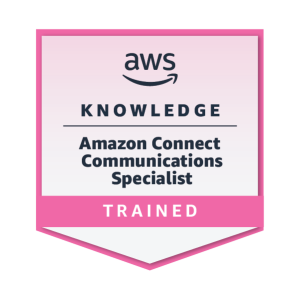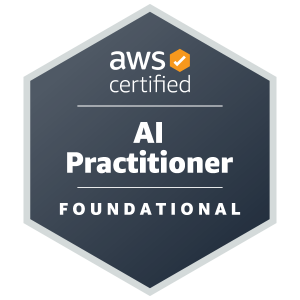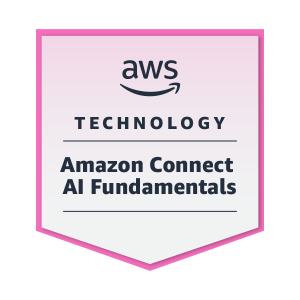Amazon Bedrock vs Google Vertex AI — Who’s Winning the AI Race?
AI is no longer a buzzword — it’s the new business backbone. Whether you’re automating a contact center, building customer analytics, or integrating natural language chat into your apps, the question is no longer “Should we use AI?” but “Which cloud AI platform should we trust?”
At DrVoIP, we work deep inside the Amazon Web Services (AWS) ecosystem — deploying Amazon Connect contact centers, AI chatbots, and voice automation. But every so often, clients ask, “What about Google AI?” So let’s take a friendly, informative look at how these two giants stack up for developers and business professionals.
AWS AI Services – Built for Builders
Amazon Bedrock and SageMaker form the backbone of AWS AI strategy. Bedrock gives you access to multiple foundation models — Anthropic Claude, Meta Llama, Mistral, Amazon Titan — through a single API. That means developers can experiment and scale without retraining or rebuilding pipelines.
SageMaker powers the entire machine learning lifecycle — from data prep to deployment. Add services like Lex for conversational bots, Comprehend for sentiment analysis, and Kendra for document search, and AWS becomes a full AI ecosystem ready for enterprise workloads.
For business leaders, the key advantage is integration. AI connects seamlessly into AWS’s vast toolkit — S3, DynamoDB, Redshift, Connect — all secured under the same IAM policy framework.
Google AI Services – Designed for Discovery
Google Vertex AI and the new Gemini API represent Google’s unified approach to machine learning and generative AI. Vertex brings together model training, evaluation, deployment, and monitoring under one interface — ideal for data scientists and AI researchers.
Google’s strength is creativity and speed. Vertex AI integrates beautifully with BigQuery, Cloud Storage, Firestore, and Colab notebooks. Developers can test, fine-tune, and deploy models in hours — not days. And the Gemini family models (successor to PaLM and Bard) deliver world-class text and multimodal capabilities for summarization, image reasoning, and code generation.
Head-to-Head Summary
| Category | AWS AI (Bedrock & SageMaker) | Google AI (Vertex & Gemini) |
|---|---|---|
| Model Variety | Multi-model (Titan, Anthropic, Meta, Mistral) | Gemini family + open-source (Gemma, Mistral) |
| Ease of Use | Strong for developers, steeper for business users | Very accessible with notebooks and UI tools |
| Ecosystem | Deep enterprise integrations (S3, Connect, Lex) | Tight analytics stack (BigQuery, Search, Colab) |
| Security | Enterprise-grade IAM, compliance focus | Fine-grained IAM, research-oriented flexibility |
| Deployment | Serverless, multi-model endpoints | Edge and cloud endpoints, rapid prototyping |
The DrVoIP Takeaway
For production-scale enterprise AI deployments — especially where security, governance, and integration matter — AWS Bedrock and SageMaker are the clear choice. They’re built for scale, built for control, and built to integrate into your existing AWS architecture.
For fast prototyping, experimentation, and data-driven innovation, Google Vertex AI shines. If you’re already running on Google Workspace or BigQuery, Vertex offers the shortest path from concept to prototype.
Our Recommendation
Most organizations don’t need to pick a side. The smartest strategy is multi-cloud AI: use AWS Bedrock for enterprise workloads and Google Vertex for innovation labs. The two can complement each other beautifully when designed with the right architecture.
Need help navigating AI services for your contact center or enterprise app? DrVoIP can help you design, deploy, and manage a secure, cost-effective AI strategy on AWS — complete with proof-of-concept, data pipeline, and integration guidance.
Contact us today: Grace@DrVoIP.com
DrVoIP — Delivering Amazon Connect, AI, and voice automation on time, on budget, with the highest customer satisfaction.


